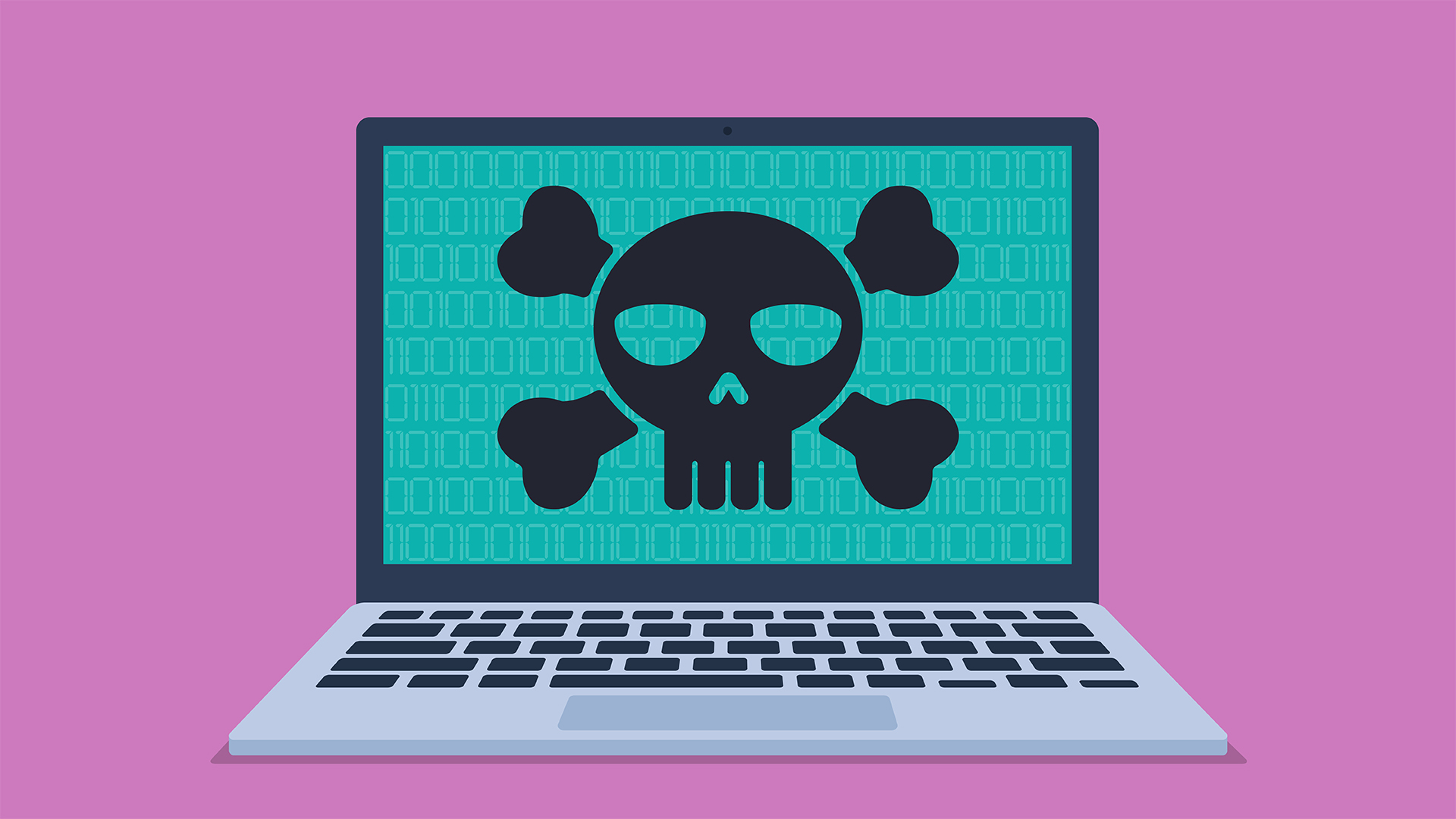Everything we know so far about the Canadian House of Commons data breach
Speculation is mounting over the source of the breach


Canada's House of Commons has been hit by a cyber attack, believed to be the result of a recently-exploited Microsoft SharePoint zero-day.
According to an email sent to staff and shared with CBC News, the event took place last Friday. The hackers gained access to a database containing information used to manage computers and mobile devices, much of which is not available to the public.
This includes employees' names, job titles, office locations, and email addresses, as well as information regarding their House of Commons-managed computers and mobile devices.
As of yet, no group has claimed responsibility for the House of Commons attack, but it's widely tipped to have been the work of Salt Typhoon, the Chinese state-linked advanced persistent threat (APT) group.
According to a national cyber threat assessment from the Canadian Centre for Cyber Security, at least 20 networks associated with Canadian government agencies and departments have been compromised by China-linked threat actors over the last four years.
At present, there's no concrete information on how many employees have been affected by the breach, though the House of Commons is carrying out an investigation.
The email to staff warned them to be on the lookout for scammers using the stolen data for phishing attempts.
Sign up today and you will receive a free copy of our Future Focus 2025 report - the leading guidance on AI, cybersecurity and other IT challenges as per 700+ senior executives
This is a common tactic used by threat actors in the wake of data breaches, according to Javvad Malik, lead security awareness advocate at KnowBe4.
"The stolen data can be weaponized for tailored phishing and impersonation against officials. Staff will likely receive convincing emails, texts, and calls leveraging the job and device details that have been stolen," he said.
"Priority should be given to provide clear guidance and strict verification for requests along with a strong reporting culture so that people can work together to help secure the organization."
Speculation over source of the breach is mounting
Speculation over the source of the breach has been mounting since disclosure, with suggestions it could have been a result of a recent SharePoint vulnerability.
Andrew Costis, engineering manager of the Adversary Research Team at AttackIQ, noted that the breach came “shortly after Microsoft issued an alert regarding a SharePoint zero day”.
The SharePoint flaw, tracked as CVE-2025-53770, has a CVSS score of 9.8, Costis added. First discovered in May, Microsoft warned late last month that an exploit exists in the wild.
It allows malicious actors to gain unauthorized access to organizations’ infrastructure using remote code execution (RCE), which in turn gives them access to all SharePoint content, including internal configurations and file systems.
"In recent weeks, vulnerabilities in Microsoft platforms like Exchange and SharePoint have led to data breaches at several major organizations, including Google and the US Department of Health and Human Services," said Costis.
"Reports indicate that ransomware groups, such as Salt Typhoon and Warlock, have exploited these vulnerabilities to attack nearly 400 organizations."
Make sure to follow ITPro on Google News to keep tabs on all our latest news, analysis, and reviews.
MORE FROM ITPRO
Emma Woollacott is a freelance journalist writing for publications including the BBC, Private Eye, Forbes, Raconteur and specialist technology titles.
-
 NHS supplier DXS International confirms cyber attack – here’s what we know so far
NHS supplier DXS International confirms cyber attack – here’s what we know so farNews The NHS supplier says front-line clinical services are unaffected
-
 LastPass hit with ICO fine after 2022 data breach exposed 1.6 million users – here’s how the incident unfolded
LastPass hit with ICO fine after 2022 data breach exposed 1.6 million users – here’s how the incident unfoldedNews The impact of the LastPass breach was felt by customers as late as December 2024
-
 Researchers claim Salt Typhoon masterminds learned their trade at Cisco Network Academy
Researchers claim Salt Typhoon masterminds learned their trade at Cisco Network AcademyNews The Salt Typhoon hacker group has targeted telecoms operators and US National Guard networks in recent years
-
 Trend Micro issues warning over rise of 'vibe crime' as cyber criminals turn to agentic AI to automate attacks
Trend Micro issues warning over rise of 'vibe crime' as cyber criminals turn to agentic AI to automate attacksNews Trend Micro is warning of a boom in 'vibe crime' - the use of agentic AI to support fully-automated cyber criminal operations and accelerate attacks.
-
 Cyber budget cuts are slowing down, but that doesn't mean there's light on the horizon for security teams
Cyber budget cuts are slowing down, but that doesn't mean there's light on the horizon for security teamsNews A new ISC2 survey indicates that both layoffs and budget cuts are on the decline
-
 NCSC issues urgent warning over growing AI prompt injection risks – here’s what you need to know
NCSC issues urgent warning over growing AI prompt injection risks – here’s what you need to knowNews Many organizations see prompt injection as just another version of SQL injection - but this is a mistake
-
 Chinese hackers are using ‘stealthy and resilient’ Brickstorm malware to target VMware servers and hide in networks for months at a time
Chinese hackers are using ‘stealthy and resilient’ Brickstorm malware to target VMware servers and hide in networks for months at a timeNews Organizations, particularly in the critical infrastructure, government services, and facilities and IT sectors, need to be wary of Brickstorm
-
 AWS CISO Amy Herzog thinks AI agents will be a ‘boon’ for cyber professionals — and teams at Amazon are already seeing huge gains
AWS CISO Amy Herzog thinks AI agents will be a ‘boon’ for cyber professionals — and teams at Amazon are already seeing huge gainsNews AWS CISO Amy Herzog thinks AI agents will be a ‘boon’ for cyber professionals, and the company has already unlocked significant benefits from the technology internally.


